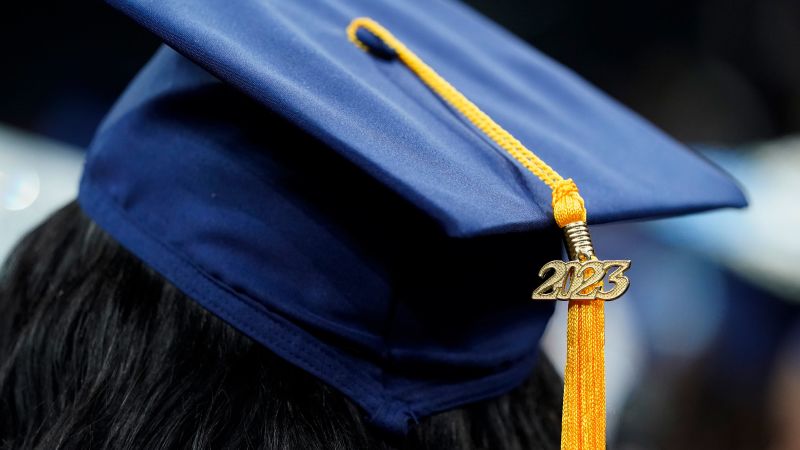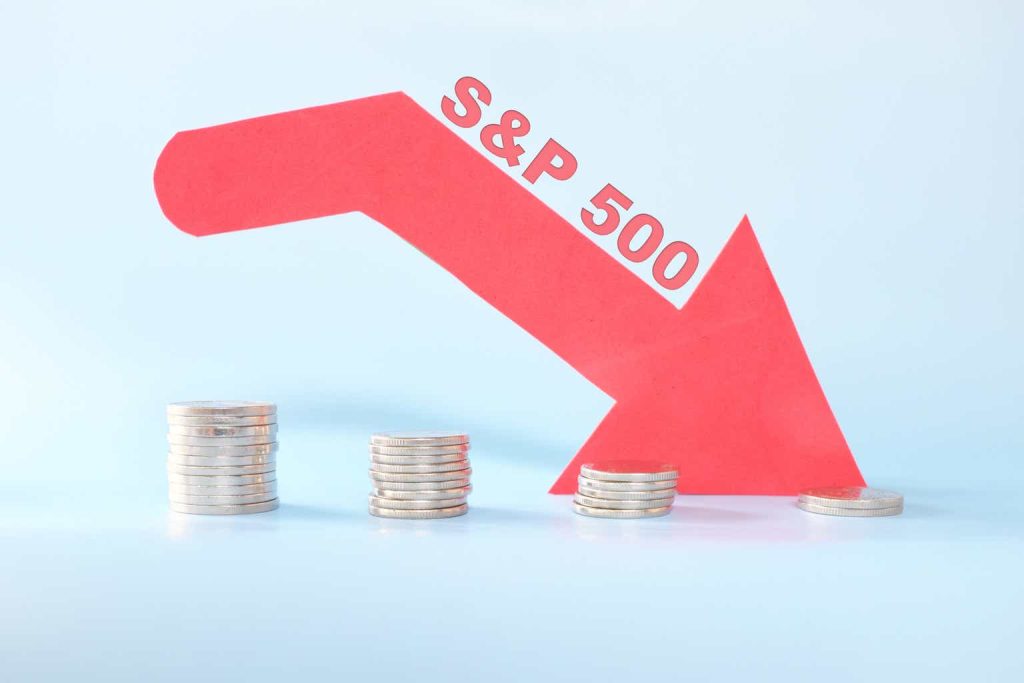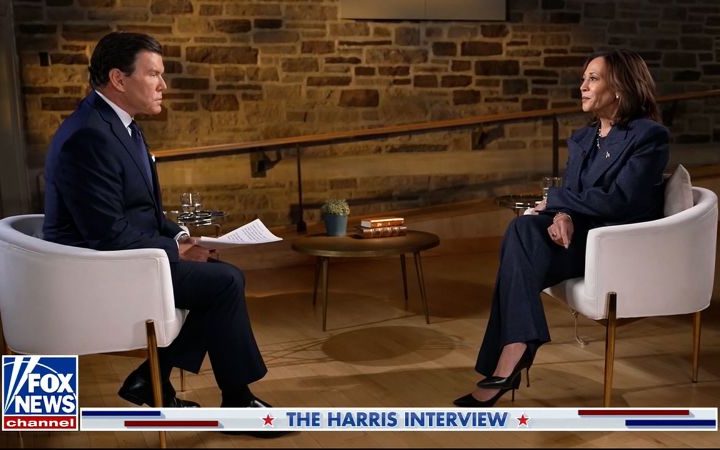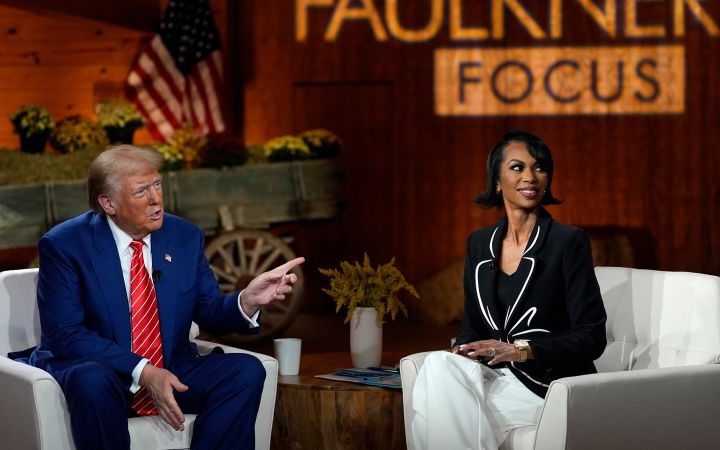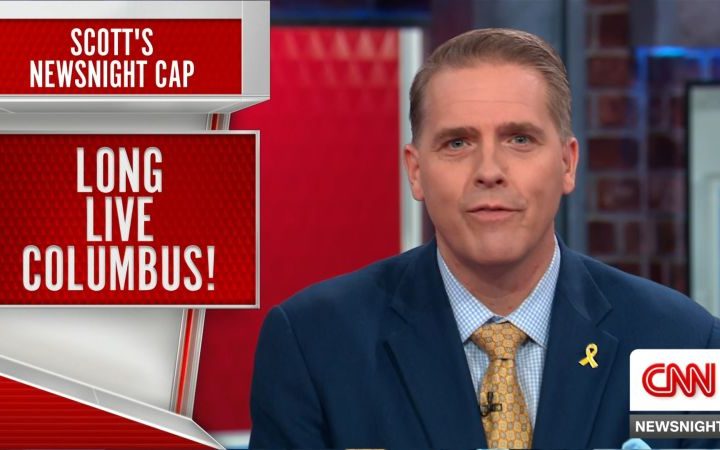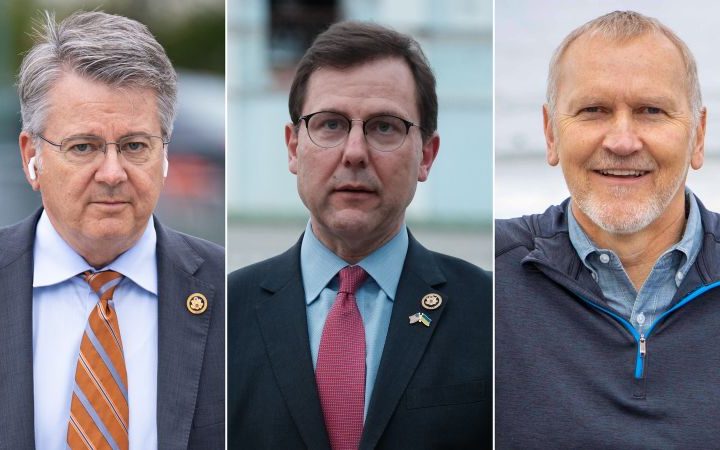Nearly 9 million borrowers missed their first student loan payment after the pandemic-related pause ended this fall, the Department of Education said Friday.
That means roughly 40% of the 22 million borrowers who had bills due in October did not make payments by mid-November.
Bringing so many borrowers back into repayment at the same time was expected to be a challenge. The new data is the first glimpse into how many people may be struggling to afford their student loan bills after the three-plus-year freeze.
For comparison, fewer than 26% of borrowers missed their payment in October 2019, before the pause went into effect, the Department of Education told CNN.
But borrowers who miss payments through September 2024 won’t face significant penalties thanks to an on-ramp period created by the Biden administration. During that period, borrowers won’t be reported as delinquent or in default to the three national credit bureaus. But interest will continue to accrue.
“While most borrowers have already made their first payment, others will need more time. Some are confused or overwhelmed about their options,” Undersecretary of Education James Kvaal wrote in a blog post Friday explaining the new repayment figures.
It may take time for some borrowers to figure out how much they owe each month and how to fit the payment back into their budget after the long pause. Some may want to enroll in a different repayment plan to reflect possible changes to their financial situations.
Millions of borrowers have a different student loan servicer than they did before the pause went into effect. Complicating matters further, some borrowers encountered hourslong wait times when calling their servicer with questions as the pause ended.
There are potentially millions more student loan borrowers who didn’t make their October payment due to problems created by their student loan servicers, which are contracted by the Department of Education to collect federal student loan payments.
Affected borrowers were not required to make their October payment because when an error was detected, the Department of Education put them in an administrative forbearance – during which payments aren’t required – until the problem is fixed.
The Department of Education previously said that the servicer MOHELA (Missouri Higher Education Loan Authority), failed to send 2.5 million borrowers their bills on time. Those borrowers were placed in forbearance, and the government withheld $7.2 million from MOHELA as punishment.
Additionally, an estimated 305,000 people initially received federal student loan bills with the wrong amount – many with charges higher than they should be – when payments resumed. Those errors were not specific to a certain student loan servicer.
There are millions of borrowers who have had their federal student loan debt wiped away since the payment pause went into effect in March 2020.
President Joe Biden’s signature student loan forgiveness program, which promised up to $20,000 in debt relief for low- and middle-income borrowers, was struck down by the Supreme Court in June. But his administration has canceled a record $132 billion of federal student loan debt for more than 3.6 million people through existing forgiveness programs on a rolling basis since taking office.
The cancellations have come through existing federal student loan forgiveness programs, which are limited to specific categories of borrowers, such as public-sector workers, people defrauded by for-profit colleges and borrowers who have paid for at least 20 years.
Furthermore, the Biden administration launched a new student loan repayment plan meant to make it easier for borrowers to return to repayment.
The income-driven repayment plan, known as SAVE (Saving on a Valuable Education), is likely the most generous payment option for low-income borrowers. It allows them to make smaller monthly payments while remaining in good standing on their loans.
Plus, unpaid interest does not accrue under the SAVE plan if a borrower makes a full monthly payment. That means that a borrower’s balance won’t increase even if the monthly payment doesn’t cover the interest accumulated that month.
Read the full article here
